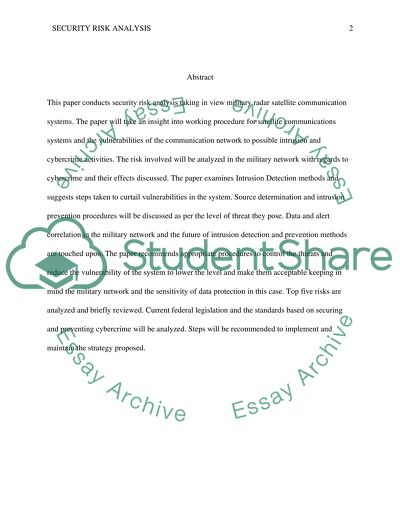Cite this document
(“Security Risk Analysis for Intrusion Detection and Prevention of Essay”, n.d.)
Retrieved from https://studentshare.org/information-technology/1436049-security-risk-analysis
Retrieved from https://studentshare.org/information-technology/1436049-security-risk-analysis
(Security Risk Analysis for Intrusion Detection and Prevention of Essay)
https://studentshare.org/information-technology/1436049-security-risk-analysis.
https://studentshare.org/information-technology/1436049-security-risk-analysis.
“Security Risk Analysis for Intrusion Detection and Prevention of Essay”, n.d. https://studentshare.org/information-technology/1436049-security-risk-analysis.


